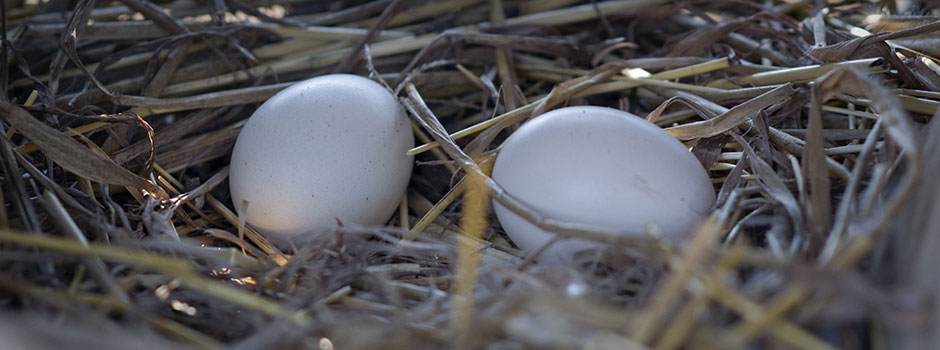The use of Tithonia diversifolia as a source of forage in silvopastoral systens for dairy cattle
Project Facts
The scientific basis for the nutritional use of Tithonia diversifolia was provided by The University of Sao Joao Del Rei (UFSJ). In addition, a small financial support was also obtained from different projects developed by Prof. Rogerio M Mauricio (UFSJ)
The technical support was done by EMATER (company of technical assistance and rural extension).
The regional community association (Arcel) supported the project in terms of tractor and implements for soil preparation (plough etc).
Rogério Mauricío
Case overview/description
The milk production sector is crossing a hard times due to the negative effects of climate changes (e.g long dry season and short period of rain) and high economical cost of traditional feeding based on silage and concentrate. In addition, the fertilizers cost are very high and imply negatively on the total cost of milk.
Objectives
1. Reduce costs for forage biomass production
2. Self-sufficient forage production (low inputs on the farmer level, fertilizer)
3. Incorporate degraded soils areas on the cattle production system, as TD can grow in low fertility land
4. Increase milk production using silvopastoral systems
5. Disseminate the use of TD for cattle production
Results expected
1. Better income for farmers
2. Better life quality
3. Environment benefits
4. Animal welfare
5. Adoption of TD in large scale
We have potetial for PES (payment for environmental services) but it is not adopted yet.
Silage, concentrate and pasture
The Itambe cooperative buy all the milk to be processed (https://www.itambe.com.br/)
Farmers, researchers and extension servicer
Symposium
Field days
Personal contacts
Outcome/ Beneficiaries/ Issues
This topic was measured during an experiment at farm level. The increasing level of Tithonia reduced concentrate and silage. Provided a better milk production and also income for farmer.
The reduction of the contact of farmer to chemical products (e.g herbicide) is one important social benefits. However, we can include as a consequence of high income, a better life quality.
The recuperation of degraded soils was the most important ecological issue as we are increasing land use inside each farm. In addition the biodiversity Is also increased not only for TD but also for the insect benefits.
At the moment, the farmers and extension service are in process to disseminate new variety of Tithonia obtained in Mexico which has large leaves and higher biomass production. In addition, farmers are trying to find new methods to plant Tithonia using seeds. These two example can demonstrate the knowledge exchange between participants.
We are trying to find a low input system based on silvopastoral practices that could help farmers to become independent of the traditional feeding package developed after the green revolution. However, the infrastructure already consolidated by companies and extensive services are solid and difficult to change or accept alternative methods. Even that, we also need to “convince” farmers that are new approaches that could help transform farm and farmers in a sustainable way.
It is hard to convince the first farm about the alternatives practices based on silvopastoral systems. However, it will be easy to convince the second and the others farmers as the first will be used as positive demonstrative project!
We need to study:
How to improve the Tithonia planting process in large scale areas.
Which is the best distance between lines of Tithonia and grasses.
Tithonia diversifolia, silvopastoral systems, sustainable livestock production







